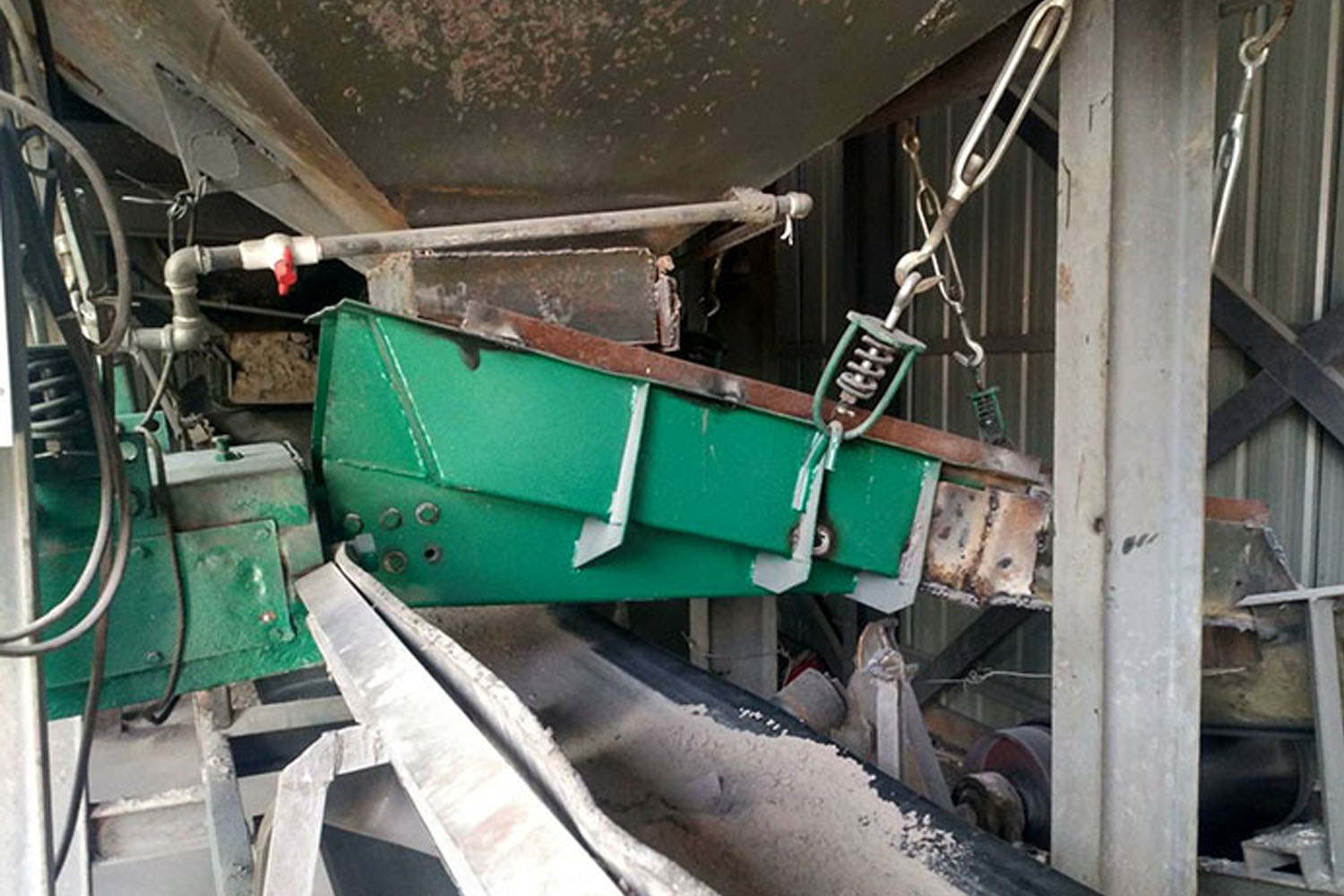Vibratory feeder : working principle & Advantages
Vibratory feeders are devices that use vibrations to move materials along a conveyor belt. They consist of a bowl, a base, and an electromagnetic coil. The bowl is mounted on the base and contains the material to be fed. The electromagnetic coil generates vibrations, which are transmitted to the bowl, causing the material to move along the conveyor belt.
Vibrating feeder uses the rotation of the eccentric block in the vibrator to generate centrifugal force, so that the movable parts such as the screen box and vibrator make forced continuous circular or approximate circular motion. The motor drives the active shaft through the V-belt, and then the gear on the active shaft meshes with the passive shaft to rotate. The active and passive shafts rotate in opposite directions at the same time, causing the trough to vibrate and the material to flow continuously to achieve the purpose of conveying materials.
working principle
When the electromagnetic coil is energized, it generates a magnetic field that causes the bowl to vibrate. This vibration moves the material along the conveyor belt, where it can be collected and processed. Vibratory feeders can be adjusted to control the amplitude and frequency of the vibrations, allowing for precise control over the movement of materials.

Advantages of Vibratory Feeders
One of the main advantages of vibratory feeders is their ability to handle a wide range of materials, including powders, granules, and even fragile items. They are also highly efficient, with minimal energy consumption and low maintenance requirements. Additionally, vibratory feeders can be easily integrated into existing production lines, making them a versatile solution for a variety of applications.Vibratory feeders are highly efficient, with minimal energy consumption and low maintenance requirements. They can handle a wide range of materials and can be easily integrated into existing production lines. However, they may not be suitable for handling very large or heavy materials.
